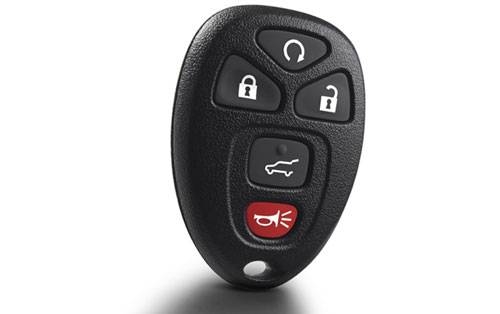
Remote keyless entry systems are a popular feature on new cars the world over. They employ scrambled radio frequencies to allow the owner to lock and unlock the door and perform other functions at a distance without the mechanical use of the key. This article describes their use, function and safety considerations.
Remote keyless entry systems are push-button remotes, usually attached to a key ring, that allow car owners to lock and unlock doors, open the trunk and perform other functions without using the key. Many models include a panic button which causes the car alarm to sound and headlights to flash. Remote keyless entry systems can be found on virtually all new cars.
This device is a common convenience that allows the user to access her vehicle more readily and is especially helpful when carrying bags or unlocking doors for passengers. The panic button feature helps draw attention to the user in an assault situation. The buttons on the remote usually have illustrations instead of words and are sometimes color coded.
Remote keyless entry devices use radio frequencies, typically of 315 MHz in the United States and Japan and 434/868 in Europe. Modern devices use 40-bit codes that are created by pseudo-random number generators, thus increasing security. These units are capable of generating nearly a trillion possible codes, and keep them in synchronized lists of 256 rolling codes at a time.

While most versions simply unlock doors, some models will actually start a vehicle's engine. Some designs include the remote entry device on the key under the pretense that most remote keyless entry devices are usually attached to key chains containing car keys.
When a remote keyless entry device is pressed at too great a distance, the two transmitter and receivers are no longer synchronized. This is not a problem because any of the 256 simultaneously generated codes are acceptable to the receiver device once it is within range. The only way to get the devices out of synchronize is to press the button at least 257 times when it is out of range. While there are various methods for getting around these security measures, the 40-bit chip makes it harder than ever to use random code sequences to gain entry to a vehicle.